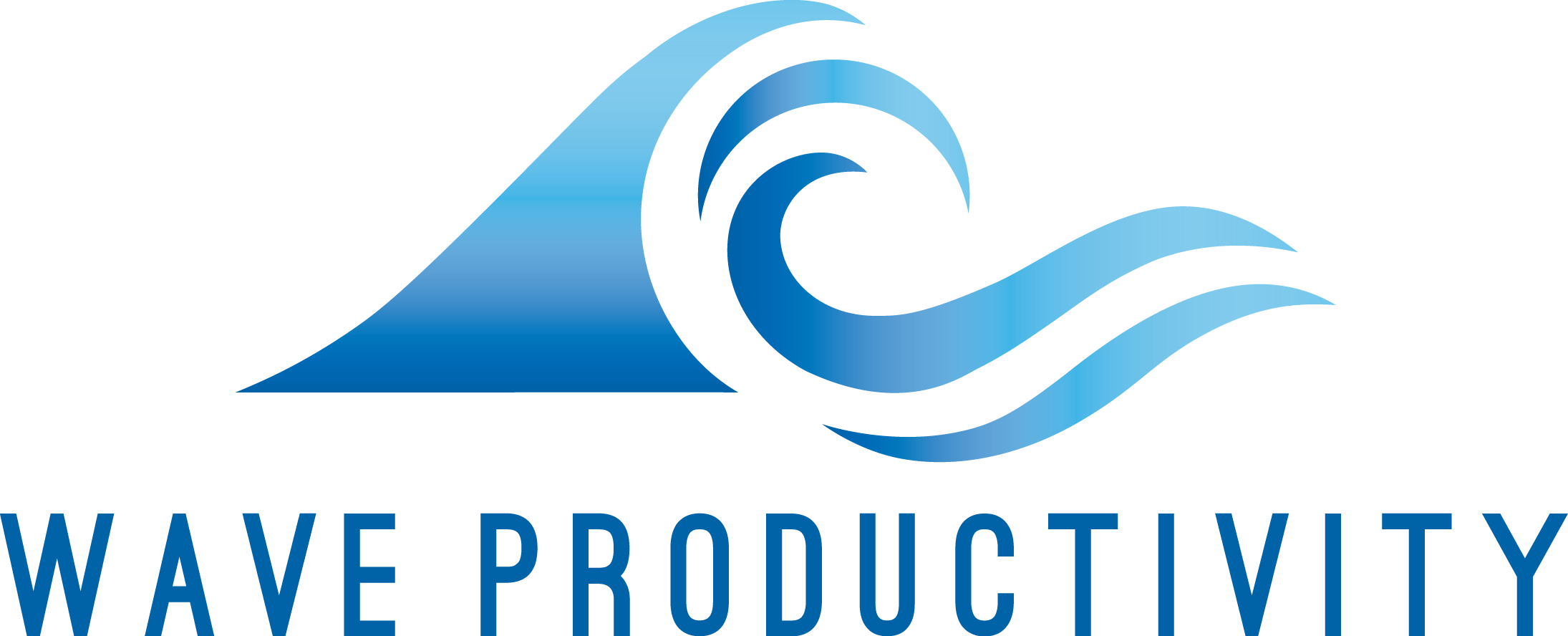The HVAC system was supposed to bring cold comfort on a hot day. It was the tiniest click that came from that system that got my heart racing and my palms sweaty. The sound began to trigger my Post Traumatic Stress Disorder (PTSD). While others heard the swish of cold air through a vent, I heard what sounded like the trigger of a gun right before it goes off. My focus failed, my concentration was nil and there wasn’t any work that I could get done.
If you employ Veterans, some will have been diagnosed with PTSD. The average post-deployment PTSD prevalence in U.S. Infantry personnel is 10-20%. Often, many people go undiagnosed or do not discuss their symptoms with a medical professional. PTSD, although attributed to combat, can happen to anyone who has experienced a traumatic event a horrific car accident, or domestic abuse. PTSD is not often discussed in the workplace.
PTSD is defined by the National Center of PTSD as “an anxiety disorder that can occur following the experience or witnessing of a traumatic event. A traumatic event is a life-threating event such as military combat, natural disasters, terrorist incidents, serious accidents or physical or sexual assault in adult or childhood.”
Here is a brief list of symptoms of PTSD in the workplace and ways you can take action in addressing it.
Inability to concentrate–Allow staff members to work in quiet areas of the office like an unused conference room. If in an open office setting, noise canceling headphones can boost concentration and decrease triggers and startle responses.
Challenges with Decision Making–Help them prioritize their workload. Break down action steps into manageable tasks. Having frequent one on one meetings can build comradery and support.
Memory Impairment–Together, create reminders, task lists and notifications in their calendar. Have someone write down minutes to meetings to help jog their memory of conversations and plans discussed can be a helpful way to disseminate information for the entire work team.
Unhealthy Relationships with Co-workers–Again, communication is key. If a discussion becomes heated give a time out, take a break and revisit the conversation when everyone is calm. Having trainings for the team on PTSD so they understand the disorder can help in fostering communication styles.
Absenteeism–With the diagnosis of PTSD comes the relentless medical appointments to treat it. Medical appointments and therapy along with sick days tend to add up. Providing a schedule that’s flexible allows for important self-care appointments and will help with productivity in the long run.
Fear, Anxiety to full out Panic Attacks–It might be a quick startle response or a full-blown attack. Either way, providing stress reduction training for all workers, not just those with PTSD, will benefit everyone in the work environment. Meditation and breathing techniques are great tools for anyone in a stressful work situation.
Reactions to Triggers–Having an employee who is aware of what their triggers are is a good first step. Then look to eliminate those triggers when possible.
In any work environment with or without PTSD, communication is key. Communicate with staff and keep an open dialog. If communication is the key, then it is listening that turns the key and helps to unlock the conversation and the support you can bring to the situation. With an empathic ear, listen to issues, challenges, and ways you can help an employee become a valued member of the team.
PTSD has mental and physical setbacks that if untreated can have consequences. If you think that one of your staff may have PTSD or if symptoms worsen, get the advice of a qualified professional.
Margo Crawford is a Productivity Coach with Wave Productivity. She works with entrepreneurs, small business owners and business professionals to help them become productive in their workplace. Contact Margo today to discuss how your organization can take part in training and coaching. [email protected]

